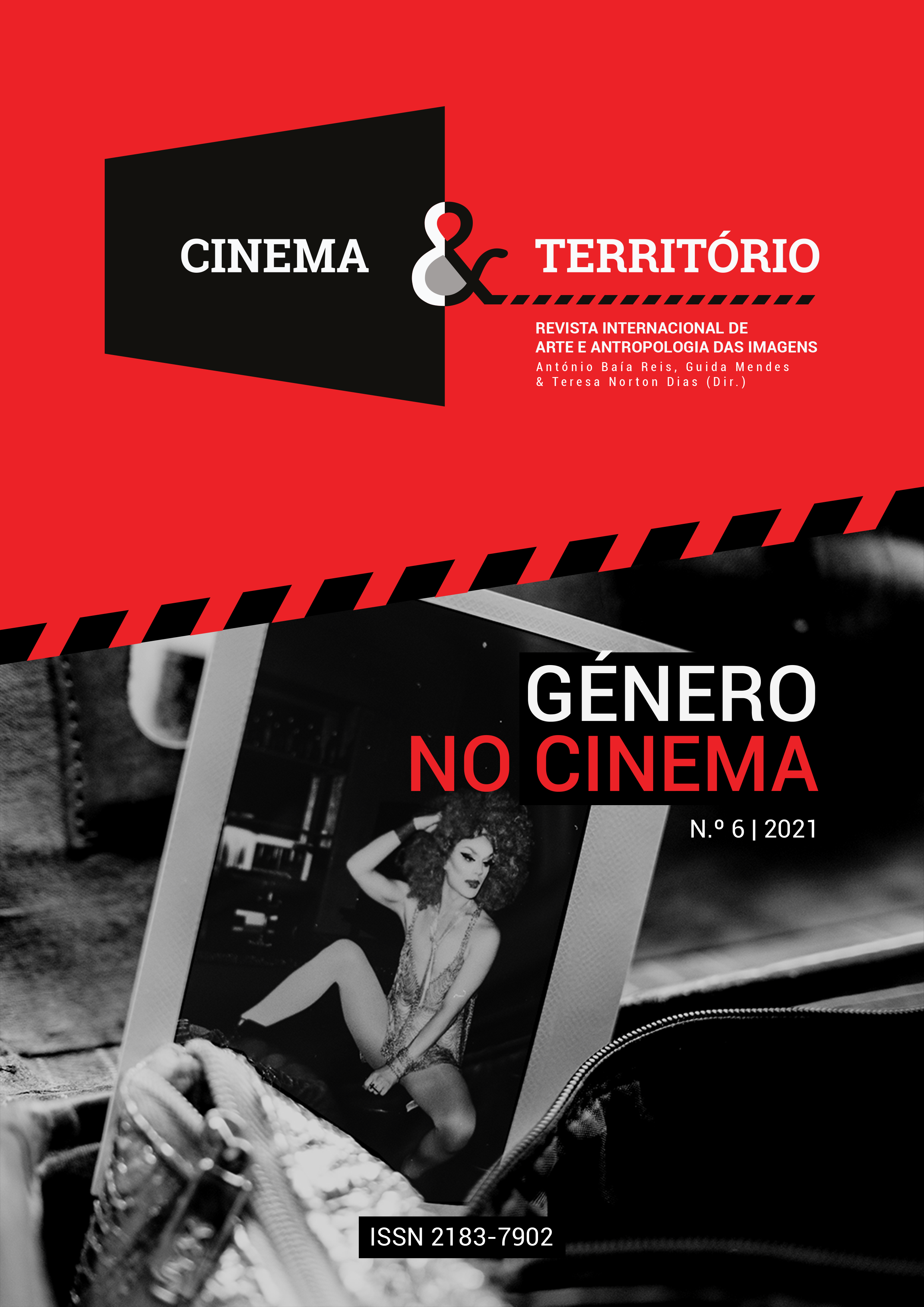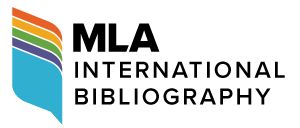The invisibility of the female body in the phallic mountains: "Picnic on the Mysterious Mountain" (1975)
DOI:
https://doi.org/10.34640/universidademadeira2021lemosperiniquintelaKeywords:
body, female body, alterity, aesthetics of reception, readingAbstract
Based on discussions that are anchored in reception theorists and the female body and its dimension in literature, this article discusses the filmic narrative of Picnic at the Hanging Mountain (1975), by Peter Weir, adapted from the homonymous novel by Joan Lindsay (1967). The study intends to understand the mythification of the female figure through the effects produced by the cinematographic work of the director in question, having as a counterpoint the figure of the audience and its apprehension to formalize the meaning of the work. Therefore, it is important to highlight the reflections that encompass gender relations in cinema, as, as in other languages, the representation of the feminine almost always alternates between presence and absence, that is, sometimes as an object through a male gaze, sometimes as a faded image when she is the protagonist in the creation of meaning. In contrast, feminist film theory (Rosen, 1973, Mellen, 1974 & Haskell, 1987) has long proposed a new perspective on the space obscured by the social construction of genders. Cinema is an important area for discussions on gender to be established.
References
Beauvoir, S. (1980). O Segundo sexo – fatos e mitos; tradução de Sérgio Milliet. (4 ed.) São Paulo: Difusão Européia do Livro.
Carr, A. (2008). Beauty, Myth and Monolith: Picnic at Hanging Rock and the Vibration of Sacrality. Sydney Studies in Religion. Disponível em https://openjournals.library.sydney.edu.au/index.php/SSR/article/view/107 [20.02.2021]
Chartier, R. (2002). A História Cultural entre práticas e representações. Tradução Maria Manoela Galhardo. (2 ed.). Portugal: Difel.
Defoe, D. (1968). The education of women. In POOLEY, Robert C. et al. England in Literature. (pp. 260-262). Glenview: Scott, Foresman & Cia.
Eagleton, T. (2003). Teoria da Literatura: Uma Introdução. (5 ed.). São Paulo: Martins Fontes.
Eisenstein, S. A Forma do filme. (2002). Tradução: Teresa Ottoni. Rio de Janeiro: Jorge Zahar Ed.
Figueiredo, V. L. (2011). Literatura e cinema: interseções. Estudos de Literatura Brasileira Contemporânea, n. 37, pp. 13-26, Brasília, janeiro-junho.
Hartley, F. (1872). The Ladies’Book of Etiquette, and Manual of Politeness – A Complete Handbook for the Use of the Lady in Polite Society... Lee & Shepard, Original from: University of Illinois at Urbana-Champaign.
Haskell, M. (1987) From Reverence to Rape. The Treatment of Women in the Movies. Chicago/London: The University for Chicago Press.
Holmqvist, J. (2013). Contrasting cultural landscapes and spaces in Peter Weir’s film Picnic at Hanging Rock (1975), based on Joan Lindsay’s 1967 novel with the same title. Coolabah, No.11, Observatori: Centre d’Estudis Australians, Australian Studies Centre, Universität de Barcelona, p. 25-35.
Iser, W. (1978). The Act of Reading. A Theory of the Aesthetic Response. London: The John Hopkins University Press.
Kamita, R. C. (2017). Relações de gênero no cinema: contestação e resistência. Estudos Feministas, Florianópolis, 25(3):530, setembro-dezembro.
Lindsay, J. (1967). Picnic at Hanging Rock. Australia: Penguin.
Lindsay, J. (1978). The secret of Hanging Rock: Joan Lindsay’s final chapter, with an introduction by John Taylor; and a commentary by Yvonne Rousseau. Angus & Robertson, North Ryde, N.S.W.
Lotman, Y.M. (1972). “Die Struktur literarischer Texte”. Translated by Fokkema, D. V. (1978). Theories of Literature in the Twentieth Century. Munchen: Fink.
Mellen, J. (1974). Women and sexuality in the new film. New York: Horizon Press.
Ortner, S. (2007). Poder e Projetos: Reflexões sobre a Agência. In Reunião Brasileira de Antropologia (2ª: Goiânia: 2006) Conferências e práticas antropológicas / textos de Bárbara Glowczewski (et. alli.); Grossi, Miriam Pillar; Eckert; Cornelia, Fry; Peter Henry (org). – Blumenau: Nova Letra.
Peña-Ardid. (1996). Carmen. Literatura y cine. (2 ed.). Madrid: Cátedra.
Rosen, M. (1973). Pop Corn Venus; Women, Movies & The American Dream. New York: Coward, McCann & Geoghegan.
Schmidt, S. J. (1973). On the Foundation and the Research Strategies of a Science of Literary Communication, Poetics. International Review for the Theory of Literature.
Stam, R. (2003). Introdução à teoria do cinema. Trad. Fernando Mascarello. Campinas: Papirus.
Starrs, D. B. (2008). Picnic at Hanging Rock and the puzzle of the art film. Screen Education.
Truffaut, F. (2000). O Prazer dos Olhos: escritos sobre cinema. Rio de Janeiro: Jorge Zahar Ed.
McElroy (Produtor) & Weir, P. (Realizador). (1975). Picnic na Montanha Misteriosa. [DVD]. Austrália/Santana do Parnaíba/SP.
Xavier, E. (2007). Que corpo é esse? Ilha de Santa Catarina: Editora Mulheres.
Downloads
Published
How to Cite
Issue
Section
License
Copyright (c) 2021 Adriana Falqueto Lemos, Alice da Rocha Perini, Hugo Felipe Quintela

This work is licensed under a Creative Commons Attribution-NonCommercial 4.0 International License.
For more information follow the link: CC Atribuição-NãoComercial 4.0








